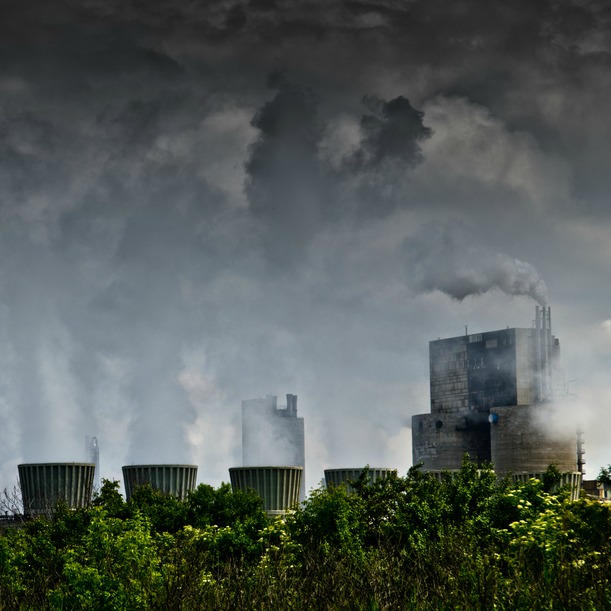9 out of 10 People Breathe Polluted Air

According to WHO, 92% of the world’s population is exposed to unsafe levels of air pollution. The World Health Organization (WHO) has developed a new air quality model in collaboration with the United Kingdom’s University of Bath, regarding where air quality levels exceed the limits set by WHO. The heat map shows the highest and lowest levels of air pollution throughout the world, the countries having the air pollution danger spots, and provides a baseline for the monitoring of progress in combating the pollution.
The model also represents the most detailed data on outdoor (ambient) air pollution health data, by country, ever reported by WHO. The model is based on carefully calibrated data derived from ground station monitors, measurements by satellite, and air transport models for over 3,000 rural and urban locations.
Air pollution’s major sources are coal-fired power plants, inefficient transport modes, household waste and fuel burning, and various industrial activities. Human activity is not responsible for all air pollution; another influence can be something like dust storms in areas close to deserts.
Approximately three million deaths every year are linked to exposure to outdoor and indoor air pollution. In the year 2012, it was estimated that 6.5 million deaths, which were 11.6% of all deaths globally, were found to be associated with outdoor and indoor air pollution.
Almost 90% of deaths related to air pollution occur in countries with low to middle incomes, with almost two out of three in the Western Pacific, South-East Asia, and eastern Mediterranean regions. A similar May WHO report stated that 98% of residents that live in those large cities face excessively high air pollution.
It was noted that 94% of the deaths were due to non-communicable diseases such as stroke, cardiovascular diseases, lung cancer, and chronic obstructive pulmonary disease. Also increased, were the risks for acute respiratory infections. Air pollution takes a toll on the health of the most vulnerable populations, those being children, women, and older adults.
Pollutants such as nitrates, sulfate, and black carbon pose the highest risks to human health. They penetrate deep into the cardiovascular system and the lungs. Smog, for example, which is the mixture of smoke and fog in the air, is the result of large amounts of coal burning in an area caused by the mixture of sulfur dioxide and smoke.
Indoor air can often be more polluted and a greater health hazard than outdoor air. The air quality can be compromised by bacteria, mold, chemicals such as radon and carbon monoxide, allergens, or any energy stressor that can induce health effects. The primary methods for improving indoor air quality are source control, filtration, and ventilation to dilute contaminants.
Unfortunately, there is no evidence that the popular idea of wearing a face mask offers much protection against air pollutants.
Dr. Carlos Dora, WHO coordinator for social and environmental determinants of health, says that rich countries are getting better at improving the quality of their air, but poorer countries are becoming worse. North America is doing well compared to Europe. This is mostly because of Europe’s greater dependence on diesel fuel and partially due to farm policies generating agricultural methane and ammonia.
Air pollution represents a huge global burden, and quick action to tackle this major problem cannot come soon enough. Solutions could exist with industrial emissions reductions, solid waste management, the use of renewable energies, sustainable transport in cities, clean household cook-stoves and fuels, and other measures.